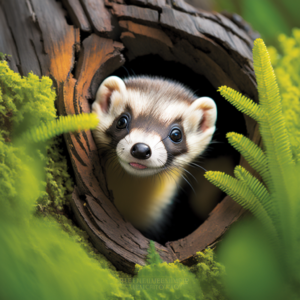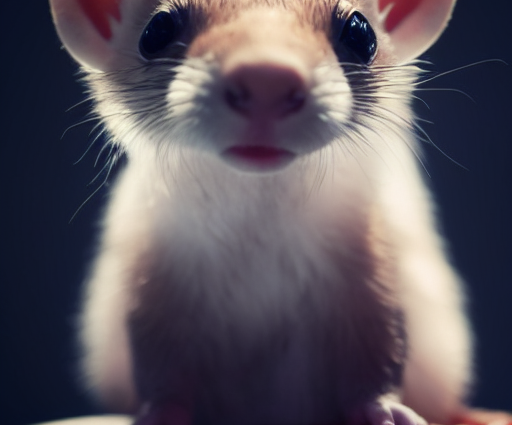Intro:
Providing a safe and comfortable habitat for your ferret is essential to ensure their well-being and happiness. In this article, we’ll discuss the key elements of a suitable ferret habitat and offer tips on litter training and essential accessories.
The Right Cage Size:
When your ferret is not under supervision, it’s best to keep them in a cage for their safety. A single ferret requires a cage that is at least 30 inches wide, 18 inches deep, and 18 inches high. This size allows them to move around comfortably and engage in essential activities.
Essential Cage Contents: Inside the cage, you should include the following:
- A rectangular litter box
- A heavy food bowl
- A 16-oz. water bottle or a second heavy food bowl
- A sleep sack or sweatshirt for them to snuggle in
- A hammock for them to relax and play on
Supervised Playtime:
While a cage is essential for their safety, ferrets need time outside of it to explore and exercise. However, free roam of the house should only be allowed when you can supervise them closely. Keep in mind that ferrets adjust their waking hours to match your schedule and sleep for approximately 17 to 20 hours per day. Therefore, a large cage is primarily their “bedroom” and doesn’t need to be excessively spacious.

Litter Training:
Litter training is possible for many ferrets, although accidents can happen. It’s essential to provide a litter box within the cage. For litter, we recommend using wood pellets designed for stoves. These are both cost-effective and readily available in 40-pound bags at hardware and fireplace stores. Avoid clumping sand litter, as inhaling it can lead to lung issues, and clay litter can harm delicate foot pads and cause discomfort. Never use wood shavings, which can irritate their sensitive respiratory systems and pose ingestion risks.
Essential Accessories:
Consider these additional items for your ferret’s well-being:
- A ferret harness for outdoor walks, with the Premier 5 n 1 or Marshall Farms harness being reliable choices.
- A secure and escape-proof carrier for transporting your ferret. Avoid zip-close carriers, as some ferrets can open them, leading to unexpected escapades.
Conclusion: Creating the perfect habitat for your ferret involves providing a suitable cage, essential accessories, and litter training. These steps will not only ensure your ferret’s safety and comfort but also contribute to a happy and healthy furry friend.

